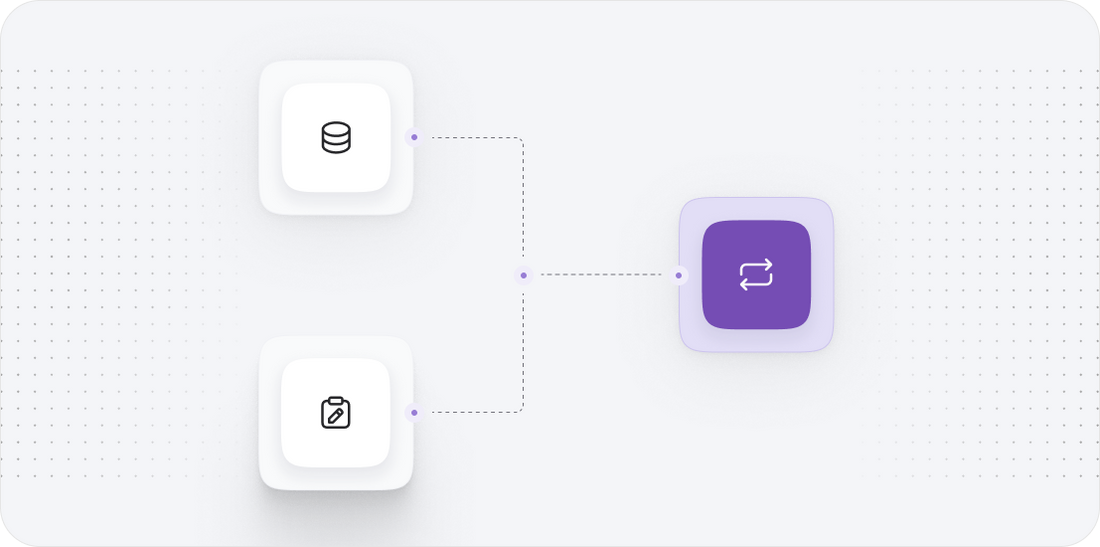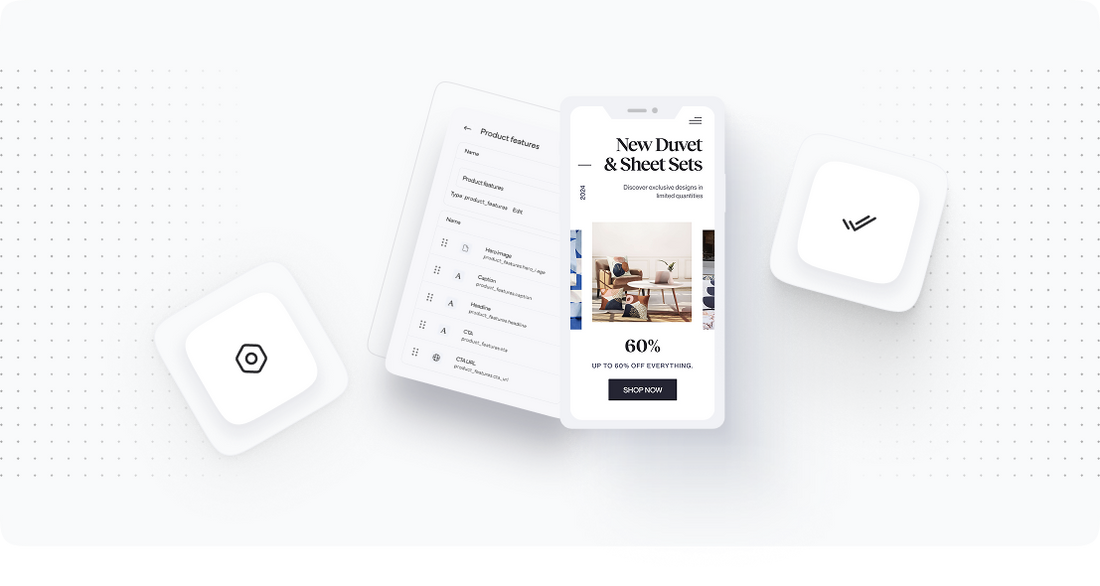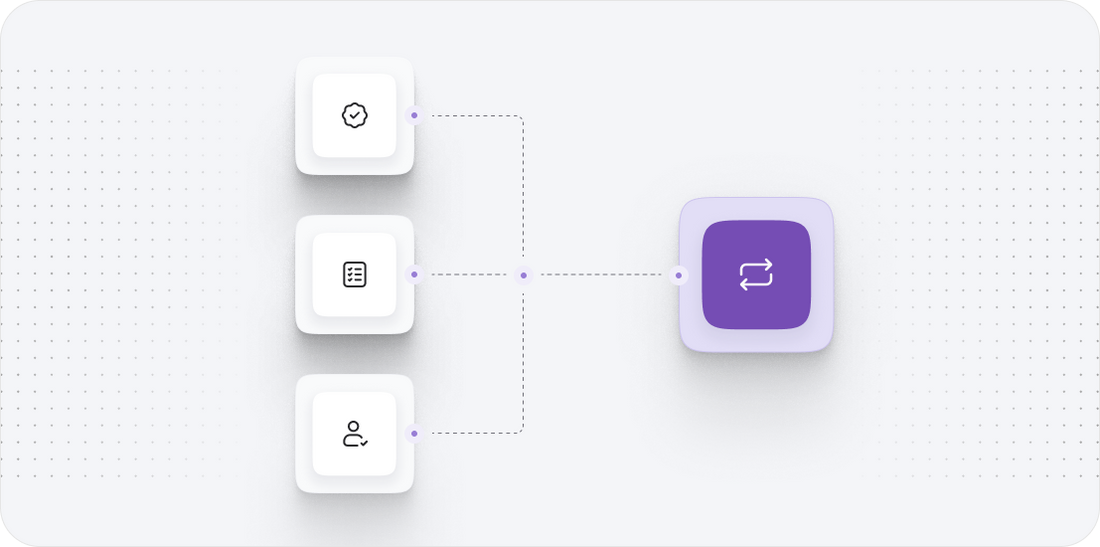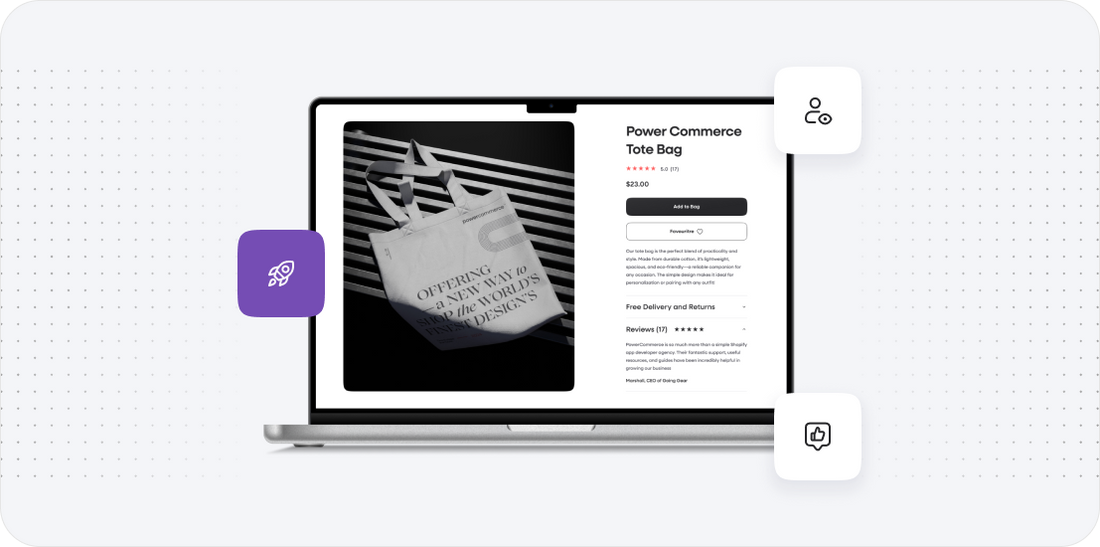





Kiosked to Cs cart
Migrating your store from Kiosked to Cs cart might seem daunting, but with proper planning and the right tools, it's a smooth process. Follow this step-by-step guide to ensure a successful transition.
Schedule a call
Step-by-Step Migration Guide: Kiosked to CS Cart Migration Guide
Step 1: Preparing for Migration
In this step, we will outline how to assess your current Kiosked setup and gather all necessary data for a successful migration to CS Cart.
Step 2: Data Migration Planning
Here, we detail how to plan the migration of data from Kiosked to CS Cart, ensuring that all critical information is accounted for.
Step 3: Executing Data Migration
In this step, we will execute the planned data migration from Kiosked to CS Cart, ensuring all data is accurately transferred.
Step 4: Configuring CS Cart Settings
This step covers how to configure your CS Cart settings to match your business needs and replicate your Kiosked environment.
Step 5: Designing Your Storefront
In this step, we will design your CS Cart storefront to ensure it aligns with your brand while enhancing user experience.
Step 6: Testing Your Store
Here, we will conduct thorough testing of your CS Cart store to ensure all functionalities work as intended before launch.
Step 7: Launching Your CS Cart Store
This step outlines the final preparations and actions needed to successfully launch your CS Cart store to the public.
Power Your Step - Get in Touch
Reach out to PowerCommerce for expert support on your ecommerce migration journey.
Step 1: Preparing for Migration
The first step in our migration process is to thoroughly prepare for the transition from Kiosked to CS Cart. This involves assessing your existing Kiosked store setup and collecting all relevant data to ensure a smooth migration process. The importance of this step cannot be overstated; without proper preparation, the migration can lead to data loss, downtime, or operational inefficiencies.
During this phase, we focus on several critical areas:
- Data Inventory: Compile a comprehensive list of all data that needs to be migrated, including product information, customer data, order history, and content (like blog posts and images).
- Data Backup: Before proceeding, we must back up all existing data from Kiosked. This ensures a safety net in case of any issues during the migration process. Utilize Kiosked's export features to download product listings, customer data, and order histories in formats such as CSV or Excel.
- Identify Custom Features: Document any custom features or third-party integrations currently in use on your Kiosked store. Understanding these will help us replicate or find alternatives in CS Cart.
- Define Success Metrics: Establish what success looks like post-migration. This could include metrics such as uptime, customer access, or the speed of the new store's performance.
By carefully preparing and documenting these elements, we set the foundation for a successful migration.

Step 2: Data Migration Planning
After preparing for migration, we move to the critical phase of planning the data migration itself. This step is focused on how we will transfer the data gathered from Kiosked into the CS Cart environment.
Key activities in this step include:
- Mapping Data Fields: Identify how data fields in Kiosked correspond to those in CS Cart. For example, product SKUs, descriptions, pricing, and attributes must be matched correctly. This mapping is crucial to ensure that no data is lost or misaligned during the transfer.
- Choosing Migration Tools: Decide on the tools or methods we will use for migration. Options include manual CSV uploads or automated migration scripts that can handle larger datasets efficiently. Depending on the complexity, we may also consider custom migration tools to facilitate the process.
- Testing Migration: Conduct a test migration. This could involve migrating a small subset of data to ensure that the process works as intended. Verify that all data points appear correctly in CS Cart and make adjustments as necessary.
- Documenting the Process: Keep thorough documentation of the planned migration process, including any scripts, tools, or methodologies used. This documentation will be invaluable for troubleshooting and future reference.
By planning the data migration carefully, we minimize the risk of errors and ensure that all necessary data transfers successfully to the new platform.

Step 3: Executing Data Migration
With our plan in place, we are now ready to execute the data migration from Kiosked to CS Cart. This step is pivotal as it entails the actual transfer of data, and it is essential that we perform it with precision to avoid any loss or corruption of information.
The execution phase involves the following:
- Data Transfer: Using the chosen migration tools or scripts, we will initiate the data transfer process. Depending on the volume of data, this may take some time. We will monitor the process closely to identify any issues that may arise during the transfer.
- Data Verification: Once the data transfer is complete, we will verify the integrity and accuracy of the migrated data. This includes checking that all products, customers, and orders have been transferred correctly and that data fields are populated as expected.
- Resolving Issues: If any discrepancies are found during verification, we will troubleshoot and resolve these issues. This may involve re-migrating specific data sets or manually correcting errors within CS Cart.
- Backup of Migrated Data: After successful migration and verification, we will create a backup of the newly migrated data in CS Cart. This serves as an additional security measure in case of any future issues.
Executing the data migration accurately is crucial for maintaining operational continuity and ensuring that your business can start functioning smoothly on the new platform.

Step 4: Configuring CS Cart Settings
After successfully migrating data, the next step is to configure the settings in CS Cart to tailor the platform to your specific needs. This configuration ensures that your new store functions optimally and aligns with your business processes.
Key configuration areas include:
- Store Settings: Set up your store's basic settings, including store name, logo, contact information, and currency. This helps in creating a familiar environment for your customers.
- Payment Gateways: Configure payment options that you will use on your CS Cart store. Ensure that all preferred payment gateways are set up correctly, tested, and in compliance with any required regulations.
- Shipping Methods: Define shipping options and rates based on your business model. Ensure that the shipping methods reflect what was previously offered in Kiosked, as well as any new options you wish to introduce.
- Tax Settings: Set up tax rules and rates applicable to your products and customer locations. This is vital for compliance and financial accuracy.
- Custom Features and Integrations: Re-implement any custom features or third-party integrations that were used in Kiosked. This may involve additional setup or configuration within CS Cart to achieve the same functionalities.
Configuring CS Cart settings ensures that your business operates efficiently and provides a seamless experience for your customers.

Step 5: Designing Your Storefront
With the backend settings configured, we now turn our attention to designing your storefront on CS Cart. This step is crucial as the storefront is the face of your online business and directly impacts user experience and conversion rates.
Design considerations include:
- Theme Selection: Choose a theme that resonates with your brand identity. CS Cart offers a range of customizable themes that can be tailored to meet your design preferences.
- Custom Layouts: Utilize the drag-and-drop layout editor to create custom page layouts for product listings, homepage, and other key sections of your store.
- Branding Elements: Incorporate your branding elements such as logos, color schemes, and typography. This ensures a consistent look and feel across your ecommerce platform.
- Mobile Responsiveness: Ensure that your storefront is fully responsive and provides an optimal shopping experience across all devices. Test various screen sizes to confirm functionality and aesthetics.
- Content and SEO Optimization: Populate your pages with engaging content, including product descriptions, images, and meta tags for SEO. This will help improve your visibility in search engines and enhance user engagement.
A well-designed storefront not only attracts customers but also facilitates their shopping journey, leading to higher conversion rates.

Step 6: Testing Your Store
Before officially launching your new CS Cart store, it is vital to conduct thorough testing to ensure that all functionalities work as intended. This step is crucial for identifying and rectifying any issues that could affect user experience or operational efficiency.
Testing activities should include:
- Functionality Testing: Test all features, including product searches, filtering options, shopping cart functionality, and checkout processes. Ensure that customers can navigate the store without issues.
- Payment Processing Testing: Simulate transactions using different payment methods to confirm that payments are processed correctly and that customers receive confirmation emails.
- Shipping and Tax Calculations: Verify that shipping costs and taxes are calculated accurately based on customer locations and selected shipping methods.
- Mobile Testing: Conduct tests on various mobile devices to ensure that the mobile experience is seamless and that all functionalities are accessible.
- User Acceptance Testing (UAT): Involve team members or select customers to test the site to gain feedback on usability, design, and any potential issues they encounter.
Thorough testing helps identify any potential issues that could disrupt user experience, ensuring a successful launch.

Step 7: Launching Your CS Cart Store
After successful testing, we are ready to launch your new CS Cart store. This step marks the culmination of our migration efforts and involves several important actions to ensure a smooth transition to your new platform.
Key launch activities include:
- Final Checks: Perform one last review of all settings, configurations, and content. Ensure all links are functional, product information is accurate, and promotional materials are in place.
- Go Live: Update your domain settings to point to your new CS Cart store. This may involve updating DNS records or making changes within your domain registrar’s settings.
- Monitor Performance: After launch, closely monitor site performance, user traffic, and transaction processing. Be prepared to address any issues that may arise promptly.
- Communicate with Customers: Notify your customers about the new store launch through email newsletters, social media, and your previous store. Highlight any new features or improvements they can expect.
- Post-Launch Support: Be ready to provide support and address any customer inquiries or concerns that arise after the launch. Ensure your support team is equipped with the necessary information to assist customers effectively.
Launching your CS Cart store is a significant milestone, and with careful planning and execution, we can ensure a successful transition that enhances your customers' shopping experience.

Power Your Step - Get in Touch
We at PowerCommerce are committed to providing exceptional support throughout your migration journey. If you’re ready to elevate your ecommerce experience and need expert assistance, we are here for you!
Contact us today to discuss how we can help you with your migration from Kiosked to CS Cart:
- Visit our contact page to fill out our inquiry form.
- Call us directly at 800-099-9090 for immediate assistance.
- Email us at info@powercommerce.com to start a conversation about your needs.
Let us empower your ecommerce growth with our expert migration services and innovative solutions. Don’t wait--reach out to us today!
Stay aligned on what's happening in the commerce world
Trusted by 1000+ innovative companies worldwide
Schedule Your Migration Today
For businesses prioritizing simplicity, scalability, and robust support, Shopify is the clear winner.
Looking to migrate without hassle? Power Commerce can handle the entire process, ensuring smooth data transfer, store setup, and post-launch success.
Marka Marulića 2, Sarajevo, 71000 BiH
00387 60 345 5801
info@powercommerce.com


